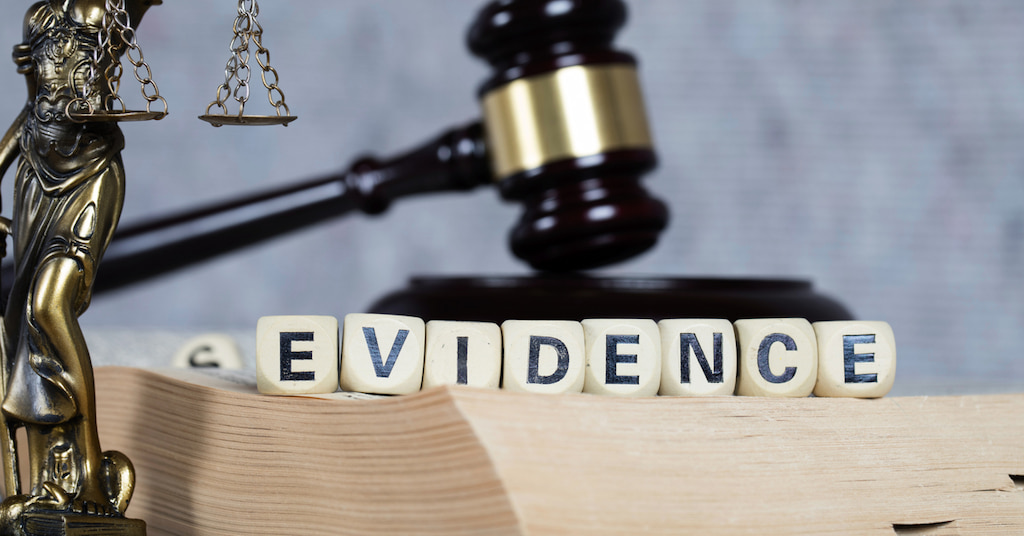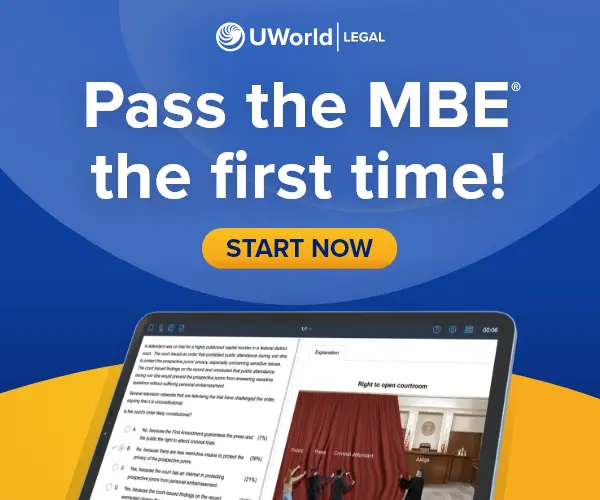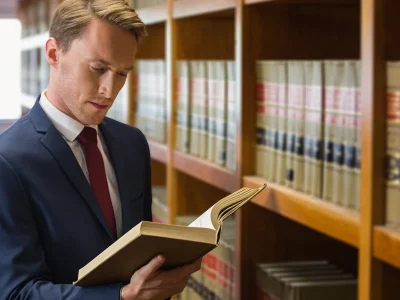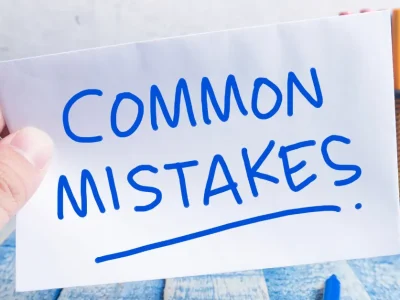The terms are so similar and are frequently confused! If you forget which is which, just remember that witnesses forget things too. When this happens, an attorney can refresh the witness’s present recollection by allowing the witness to review a record (or other item) before or while testifying. If this jogs the witness’s memory, the witness can then testify from memory—thereby eliminating any hearsay concerns that may have been raised by the record (whew!).
But sometimes, a refresher doesn’t work and the witness still can’t remember. When this happens, under the past recollection recorded exception to the hearsay rule, the record may be read into evidence so long as:
- the witness once knew the recorded information but cannot recall it at trial
- the witness made or adopted the record when the matter was fresh in his/her mind and
- the record accurately reflects the witness’s personal knowledge at the time it was made.
However, the record may be received as an exhibit only if it is offered by an adverse party.
Need an even easier way to keep these rules straight? Remember that if you can’t refresh the witness’s recollection in the present, look to the past for recorded recollections. And save the table below to easily review the differences between these two rules!
| Present recollection refreshed v. Past recollection recorded | ||
| Admissibility | Use by opponent | |
| Refreshed recollection FRE 612 | Item may be used to refresh witness’s memory either before or during testimony if: witness once knew but can no longer recall fact and item will help witness remember | Inspect item Compel production Use on cross Introduce into evidence |
| Recorded recollection FRE 803(5) | Record may be used as substantive proof & read into evidence if: witness once knew but can no longer recall fact witness made or adopted record when fresh in mind andrecord accurately reflects witness’s knowledge | Offer as exhibit |
| FRE = Federal Rule of Evidence. | ||
Use this tip when answering practice questions in the UWorld MBE QBank.




